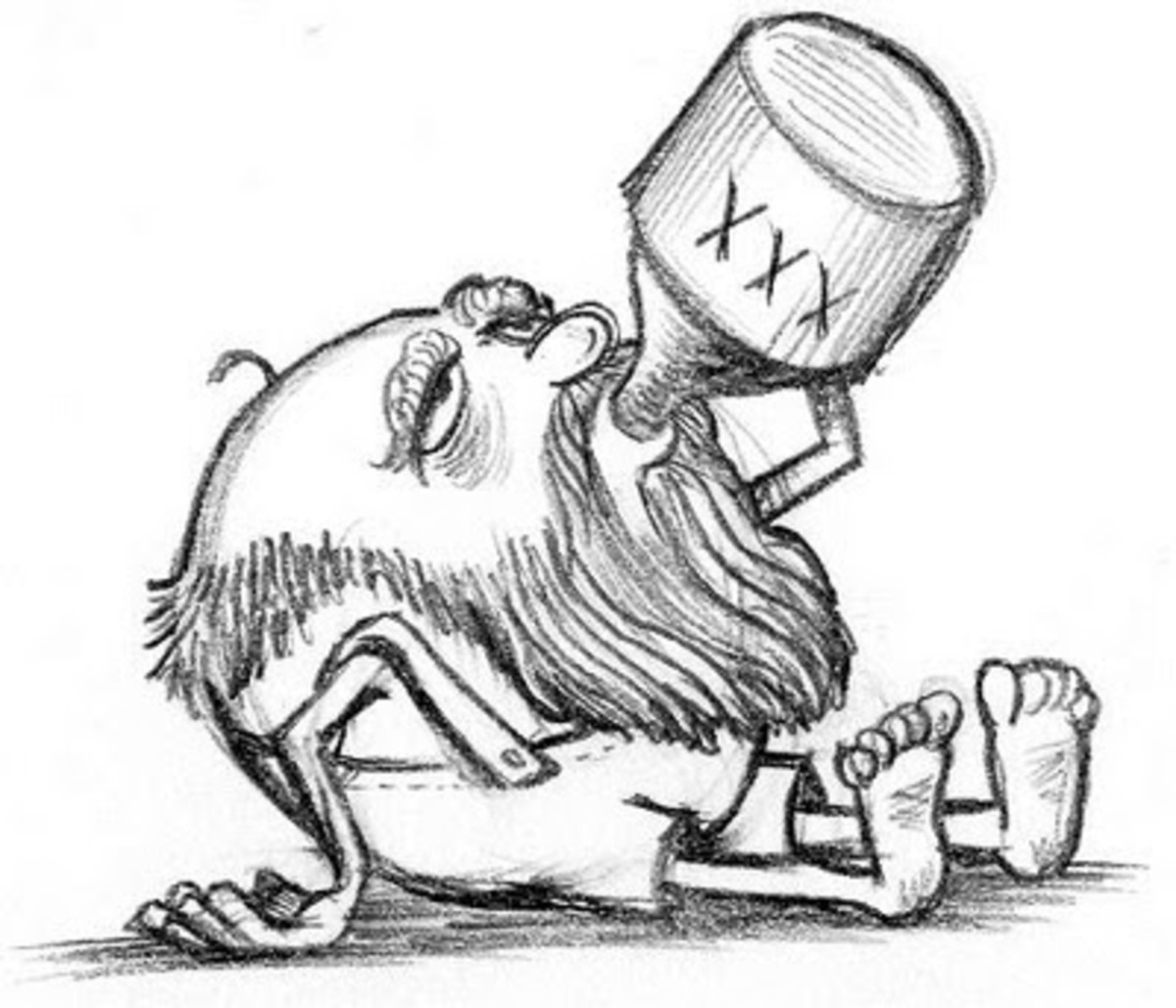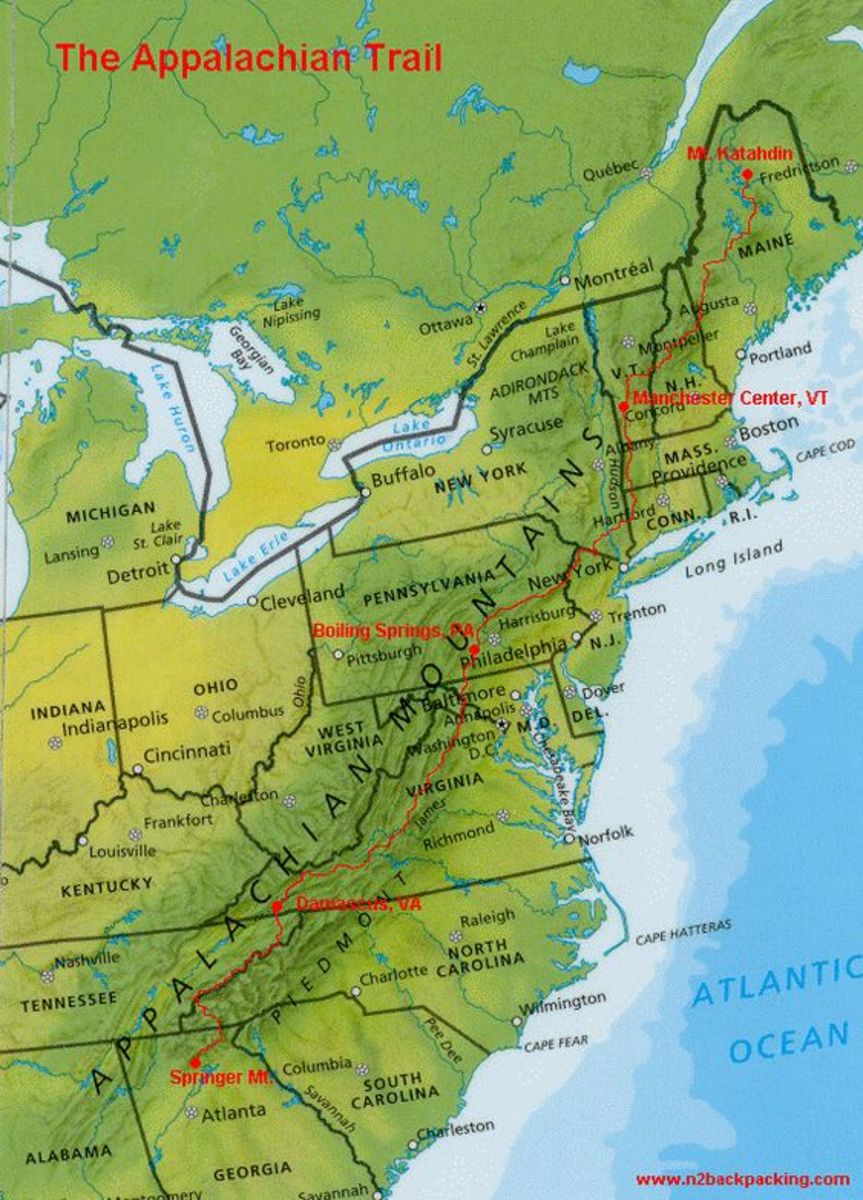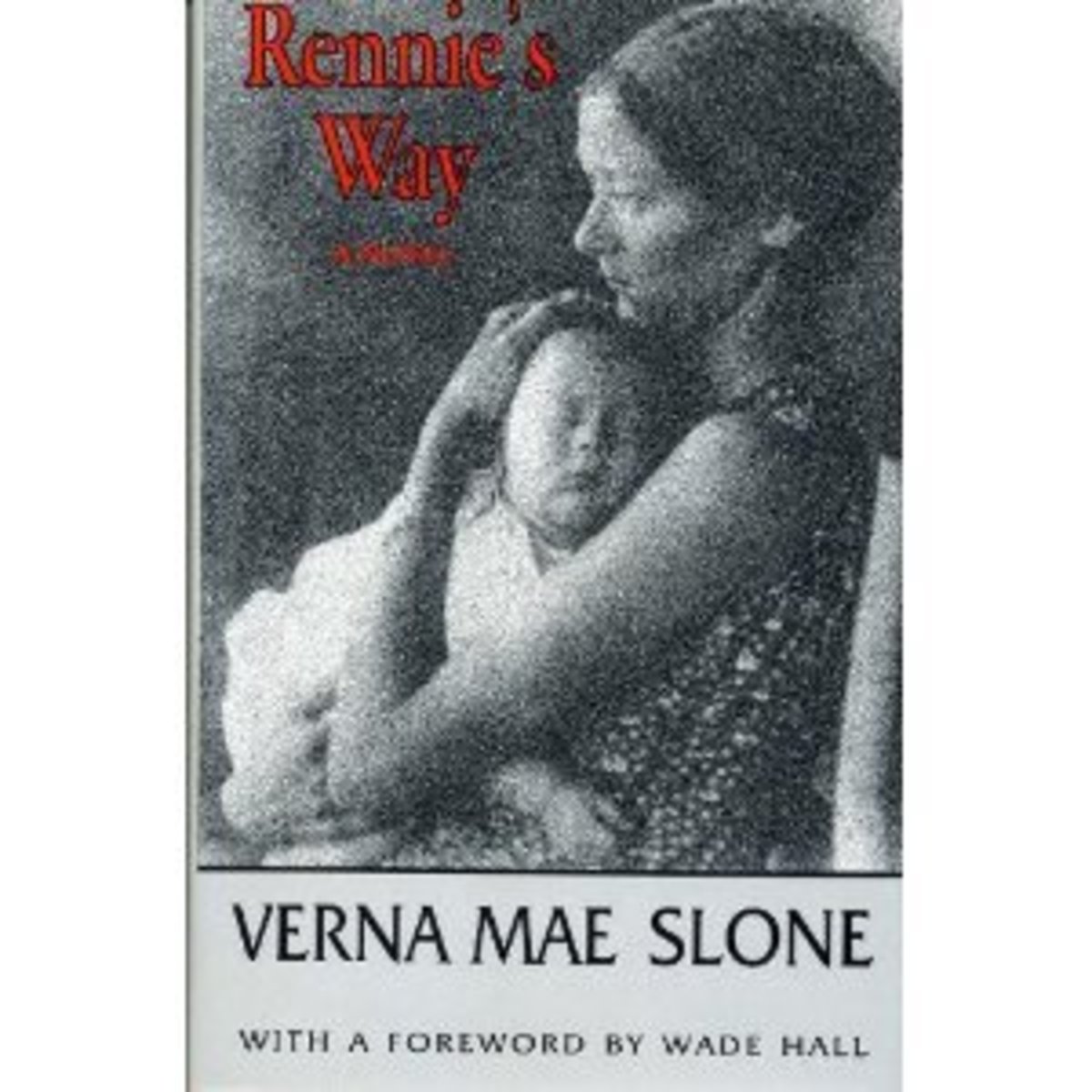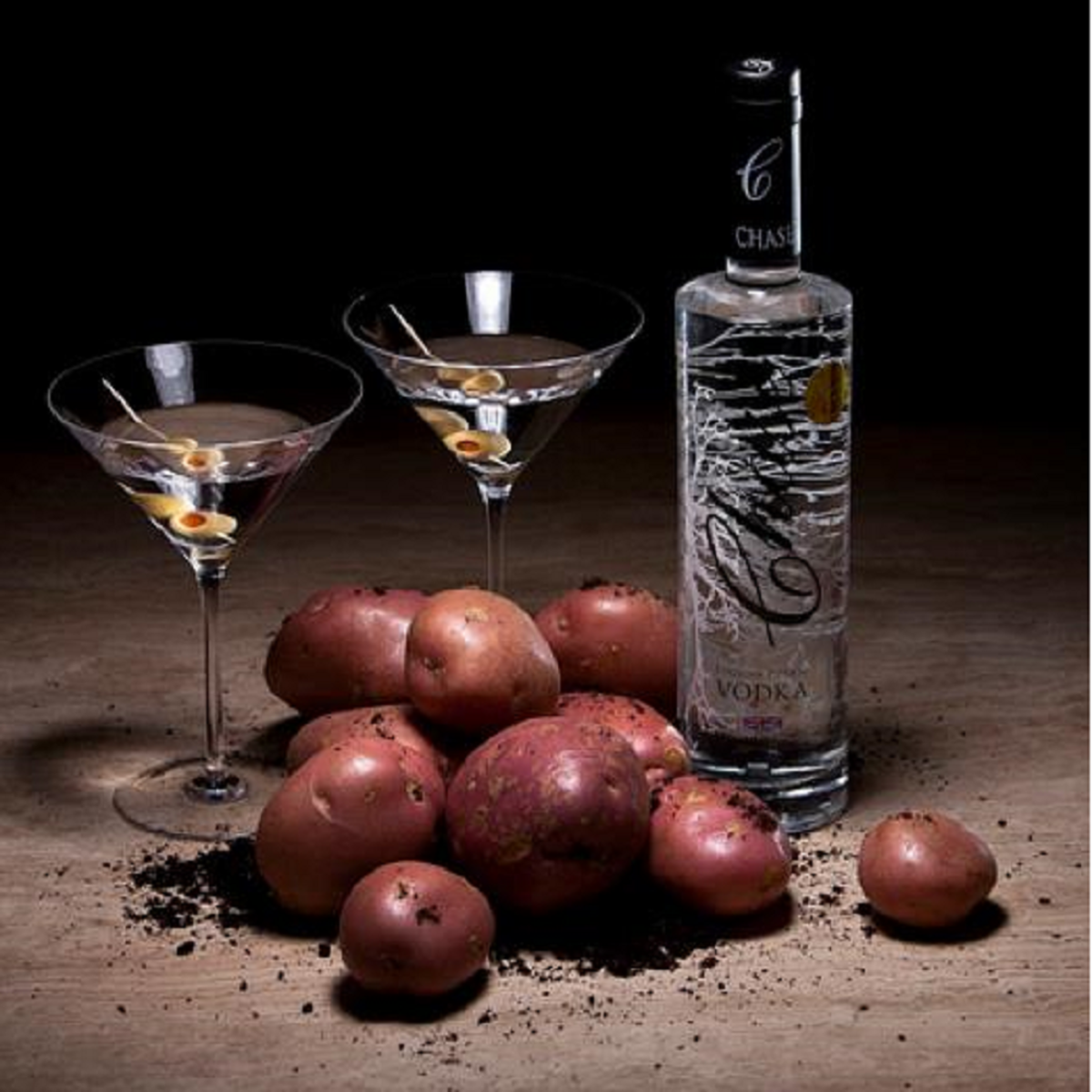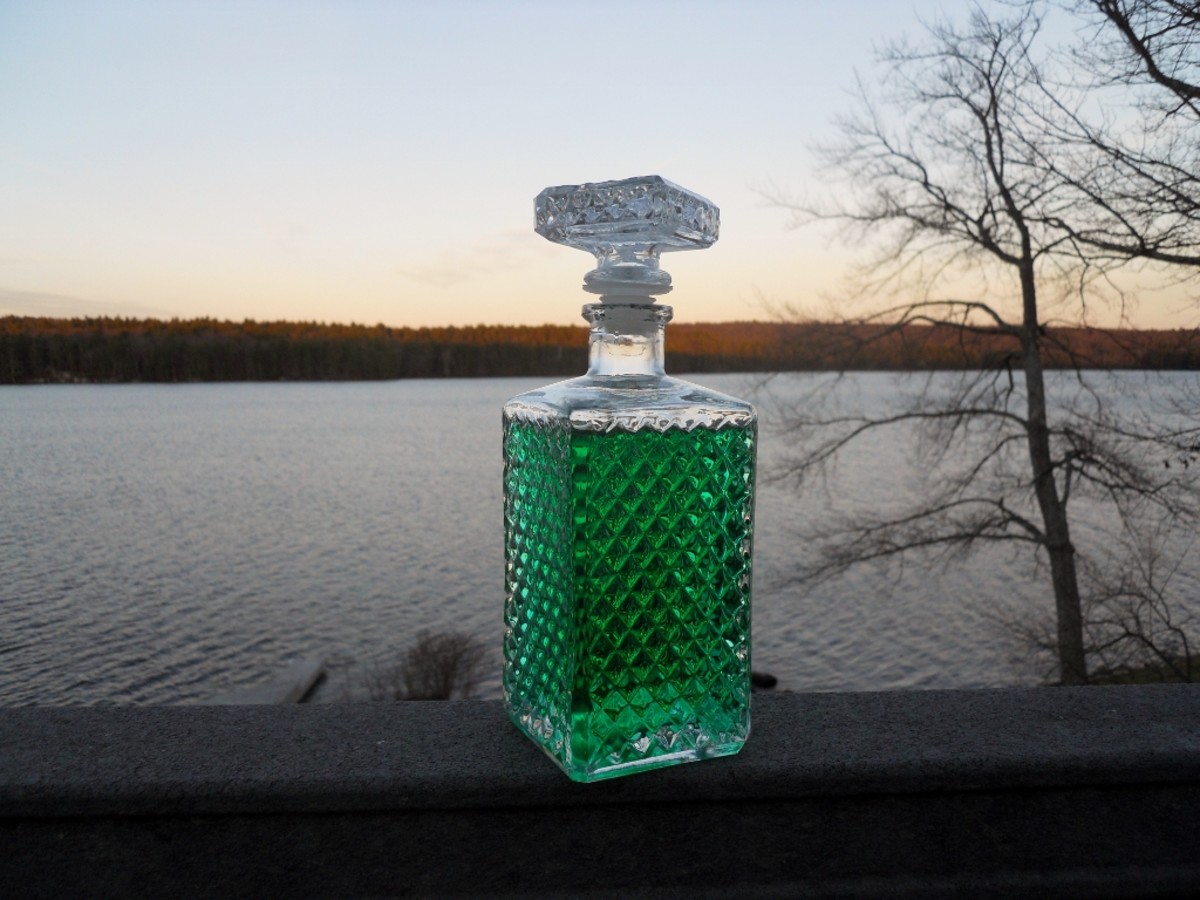The History of Moonshine
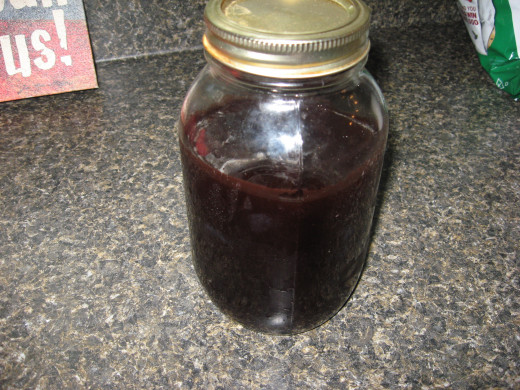
Moonshine and Popcorn Sutton
When most people think of moonshine, they automatically associate the word with Appalachia. The Appalachian Mountains, however, aren’t the only region where moonshine is made. My first exposure with moonshine happened right here in South Georgia, when I was a child. I’m not sure exactly how old I was, but I had to have been younger than six. My grandfather died when I was six years old, and Papa was still living at the time. My mom, my aunt, and I were taking a trek through the woods on my grandparents’ farm, when we came upon a strange metal contraption situated next to the creek. Of course, I had no idea what the thing was, but my mom identified it as a moonshine still. We returned to the old farmhouse and informed my grandfather about the still. A man of few words, Papa got up quietly from his rocking chair, went outside to get his ax, and proceeded to “bust up” the moonshine still. We knew it wasn’t his – he specialized in making blackberry wine.
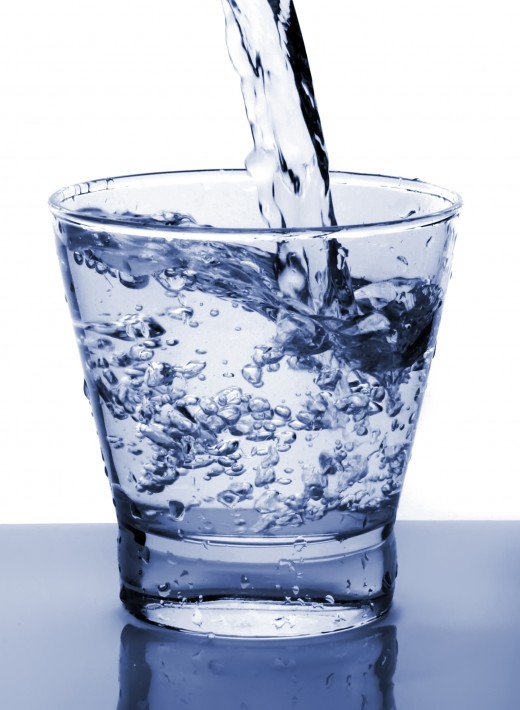
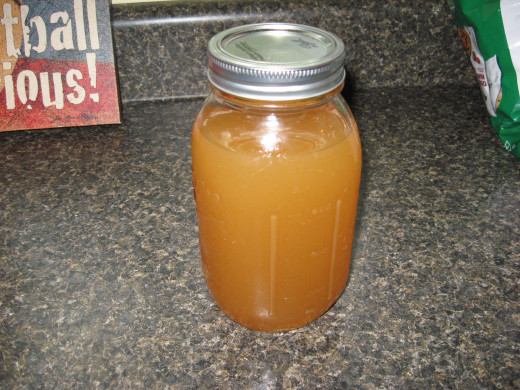
What is Moonshine?
Moonshine, also called “mountain dew” and “white lightning,” is a liquor distilled from corn, illegally. Making alcoholic beverages from grain is an old practice that became widespread in Europe during the middle ages, especially during the Little Ice Age, when cold temperatures made wine vineyards fail. Grapes were hard to come by at the time, so many imbibers of alcohol turned to grain spirits. When European immigrants settled in what is now the U.S., they brought their distilling knowledge with them. The earliest American moonshine was usually made with barley or rye, but over the years, corn became the grain of choice.
A typical moonshine recipe contains ground corn, yeast, sugar, and water. The moonshine stills are metal affairs, usually made of copper, consisting of a furnace, a still, a thump keg, a worm box, a tap, and a filter bucket. To make moonshine, ground corn is soaked in hot water, along with malt or sugar. Yeast is added in order to ferment the “mash.” The still is then heated to cause the alcohol to evaporate, forcing it through a tube and into the thump keg. In the thump keg, the liquid is reheated, which gets rid of any solids. The alcohol evaporates once again and travels through a coil inside the worm box. The worm box contains cold water, which turns the evaporation into a liquid. The liquid can then be released via the tap.
Typically, moonshine isn’t aged like legal spirits. Moonshiners like to dispose of their product as soon as possible to avoid detection. As a result, moonshine is perfectly clear, lacking the amber coloration that aging provides. That’s why it’s often called “white lightning.”
War and moonshine
The Revolutionary War was expensive, especially for a fledgling nation like the Unites States. The government decided that placing a tax on liquors would provide the funds to help pay for the war. As you can imagine, this didn’t set well with the citizenry. After all, they had just escaped paying taxes to England, and most weren’t about to pay taxes on liquor to the new government. The solution was to continue with their practice of making their own spirits and not worry about the new taxes that had been imposed. Struggling farmers quickly discovered that turning corn into moonshine was much more profitable than their corn would have been for other purposes.
During the U.S. Civil War, the government once again found itself needing revenue to pay for yet another war. Government agents, known as “revenuers,” began to crack down on moonshiners in hope of collecting the taxes due, which they soon discovered was not an easy task. Most of the moonshiners were clannish, and they protected each other. Also, many makers of moonshine lived in remote, isolated areas, so finding the stills wasn’t easy. And even when the agents had a good idea of the location of a still, they were often met with armed opposition. Such battles often ended in bloodshed.
Moonshine and Prohibition
In October of 1919, Congress passed the Volstead Act, establishing the prohibition of alcoholic beverages in the U.S. Americans, for the most part, weren’t about to give up their spirits easily. In many big cities, organized crime took over the business of supplying spirits to the public, and the “speakeasy” was born. In remote rural areas, moonshining was the answer to Prohibition. It’s estimated that during this period, one in three citizens of Appalachia was producing moonshine, and even then, they had a difficult time keeping up with the demand.
On February 17, 1933, the Blaine Act was passed, which officially ended Prohibition. This almost put moonshiners out of business. Legal whiskey could now be made on a large commercial scale, so it was easy to obtain, and drinkers didn’t have to worry about going afoul of the law. Also, legal whiskey became relatively inexpensive, so there was no real reason for folks to buy moonshine.
Popcorn Sutton
Perhaps the most famous moonshiner of all time is Popcorn Sutton. Marvin “Popcorn” Sutton was born in 1946, in the mountains of North Carolina. After Marvin’s birth, his family moved to Cocke County, Tennessee, located in the Smoky Mountains. Sutton, of Scots-Irish descent, learned moonshining from his father and considered it to be an important part of his heritage. His moonshine was so prized that it was often used as “legal tender,” so to speak, although the moonshine wasn’t legal, of course.
Popcorn Sutton had several skirmishes with the law, and he even wrote a book about his experiences and about how to make moonshine. The book, Me and My Likker, was published in 1999. Sutton was “busted” by ATF agents in January of 2009 and sentenced to serving eighteen months in prison. Popcorn Sutton was suffering from cancer at the time, and faced with the prospect of spending time in a federal prison, he committed suicide in March of that same year. His body was discovered by his wife, Pam. Apparently, the cause of death was intentional carbon monoxide poisoning.
The legend of Popcorn Sutton lives on, and so does his famous moonshine. Country music star Hank Williams, Jr. formed a partnership with Pam Sutton and J & M Concepts in 2010 to legally produce Sutton’s moonshine. The moonshine stills used were designed by Popcorn Sutton himself, and his old family recipe is used, too. Currently, “Popcorn Sutton’s Tennessee White Whiskey” is available in Tennessee bars, but there are plans to make it available throughout the southeastern U.S.
Popcorn Sutton and his moonshine:
Moonshine Today
There are still people who make moonshine, especially in the Appalachian Mountains and in the South. My husband is from North Carolina, and he has an old friend there who still makes ‘shine. Brooks has a thriving business, with numerous regular customers. A few people here in South Georgia still make moonshine, too, although on a small scale. I’m not much of a drinker, but hubby and some of his pals swear there’s nothing like good homemade moonshine. I must admit, the moonshine I’ve tasted was very smooth, and it’s as clear as tap water. I can’t drink it straight, however; I prefer my moonshine to be mixed with fruit juice or fruit punch.
Moonshining today is usually considered a family tradition, and most moonshiners fear that the art will be lost if they don’t pass it down to the next generation. Fathers are teaching their sons how to make moonshine, although the practice is still illegal. Moonshiners need a remote spot for their moonshine still, and they need a location that’s near clear, cold water. Mountain streams deep in the woods are ideal venues. Modern moonshiners, just like their older counterparts, have to be ever vigilant of revenuers. They’re usually extremely secretive about the location of their moonshine still, and they’re also careful about who they sell to. Making moonshine, however, is deeply ingrained in these people, and for them, it’s a way of life. It isn’t so much about making extra money – it’s more about carrying on an age-old family tradition.
Moonshine still discovered by law enforcement:
Read related articles:
- History of NASCAR
A brief history of NASCAR, with NASCAR videos and NASCAR crashes included. Discount NASCAR tickets offered for sale.

